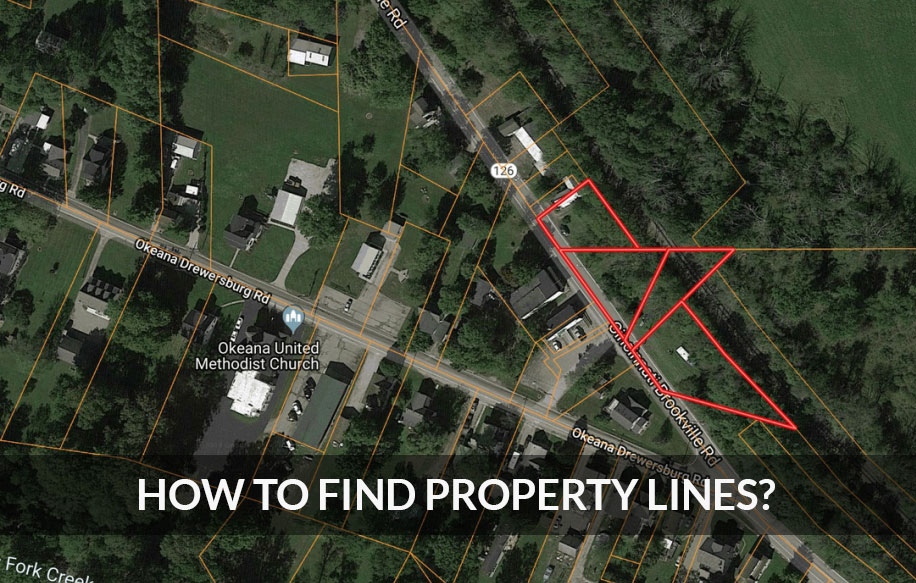Before identifying ways you can find property lines, it is crucial to understand what are property lines and why it is important to identify property lines.
Table of Contents
What are property lines?
Property lines, or boundary lines, define the points where properties begin and end. When planning for constructing features like fences, pools, or home expansions, these borders are applied. Some boundaries between properties are physically marked, while others are undetectable.
Why is it important to identify property lines?
It’s crucial to understand that the frontage, the measured length of the land, is determined by a property line in front of the house. Knowing the location of property lines is crucial to avoid planting or erecting structures on a neighbor’s property.
It’s also crucial to be aware that most properties have setbacks that forbid construction just a few feet from a property line. Moreover, it can make sure that you are considerate of your neighbor’s space and privacy as it is crucial to remember that a title firm could refuse insurance if there is an unidentified infringement on the property boundary.
How can you find your property lines?
If your property agent hasn’t specified which are your property lines, you must try and track it through the following ways:
Visit the neighborhood zoning office:
The municipal office that keeps track of land structures, primarily the scale-drawn maps that depict land division, is the zoning department. You can usually get a copy of your block and lot plat for a small price unless your house was built more than 100 years ago. This will reveal the precise measurements of your property lines with respect to other lot lines on your block.
Follow the Surveyor’s Footsteps:
Every lot on your block had a starting point established when the surveyors laid out the initial blueprint. Finding the starting point, which will be identified on the plat as either the “common point” or the “point of beginning,” will allow you to retrace the initial stages of the property lines survey (POB).
It frequently serves as a side street hub. All dimensions taken by the original surveyor will be recorded on the plat. Follow the plan as you would a treasure map, measuring your actual property along the way with a long measuring tape or a computerized tape measure. The measurements you take should match those on the plate.
Track Down Property Pins:
The original survey crew, that marked property lines, placed survey pins on the property lines. These iron pins are usually thin iron bars that are 2 or 3 feet long and occasionally topped with plastic. You can find the survey pin with a metal detector. Move the machine along the sidewalk and to the curb. Up to a foot beneath the surface, pins may be hidden.
Call 811, a toll-free, federally designated hotline, to be connected to your local utility company before you start digging. Request the utility company to come out and mark the buried utility lines so that you don’t mistakenly step on them. Although this service is free, you will be charged to fix any damage you cause to underground utility lines.
Take professional assistance:
If you feel you have tried your best, and don’t want to be involved in any legal discrepancies then it’s best to leave these tasks to the experts. Contact the nearby surveyors and compare prices and services provided by them.
All in all, knowing your property lines is essential if you want to respect your neighbors’ property and stay out of trouble with the law.
The best way to stay away from these formalities is by purchasing land from Landsale4u, as all our properties are listed with zoning restrictions and all the important information. Therefore, visit www.landsale4u.com and contact our team for any property assistance.
Surender Sharma
Land record is a generic term which is used to refer to a number of records. These include Records of Rights (RoRs), register of the lands, crop inspection register, tenancy, mutation register, disputed case register, and so on. Land record also includes certain geological information in regard to the land such as the shape and size of the land, type of soil on the land. It can also include the economic information in relation to the irrigation and crops.

